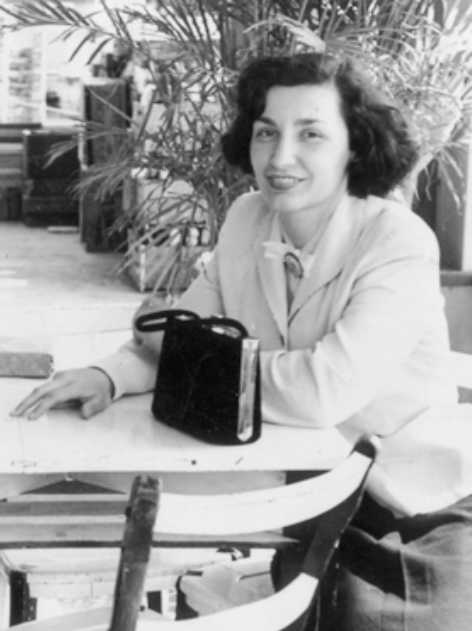4.1.2.10 The intellectual and poetic work of Fina García Marruz (1923 – )

Fina García Marruz is one of the most renowned lyrical voices on the island, with a poetic career that dates back to her childhood and would already achieve prominence during her university career. In addition to creative writing and literature, she also dabbled in the humanities, earning her doctorate in Social Sciences from the University of Havana in 1961.
His poetic vision of the world was influenced early on by Juan Ramón Jiménez, who visited Cuba in 1936. Within the Origenist movement, he developed a poetics dedicated to uncovering the hidden depths of reality, rooted in a deeply religious sentiment. His early exploration of Martí’s work was also decisive in his poetics.
From the perspective of literary movements, it revives a romanticism that Enrique Sainz considers universal, one that is, in a way, inherent to all good poetry. The aforementioned influence of Juan Ramón Jiménez did not translate into a purist aesthetic, as the author maintains connections to reality throughout, but with a transcendent zeal.
The dialogue between reality and beauty shapes a large part of her poetic output, marked by the aforementioned transcendentalist zeal that inquires not only into reality but also into the entire historical and literary tradition that preceded it, and also interrogates the superhuman, the divine. Her lyrical explorations constitute shock waves that delve into national and her own roots, in a melodic struggle with memory.
Cintio Vitier expressed about the author: “Focused from very early on (…) by a serene certainty of poetry, she moves with silent naturalness from adolescent impressionism to the conquest of an ever-wider spiritual realm. In essential terms, we can say that her expressive intention is directed from the intimacy of the soul to the objectivity of the spirit, but in that transition she is attracted by the sense of Passion, of the incarnate spirit. Thus, her poetry, if we follow it attentively in all its discoveries and vicissitudes, advances, rectifying itself with graceful necessity, towards the yearning contemplation of the Christian mysteries.”
The notion of “advancing by rectifying oneself” constitutes a principle that somehow guides his poetic production beyond the time of Cintio’s words, but not in the sense of an aesthetic refinement but rather in terms of a multiple apprehension of his reality, or rather penetration into it in search of its ultimate exegesis, but emotional and not purely cognitive.








